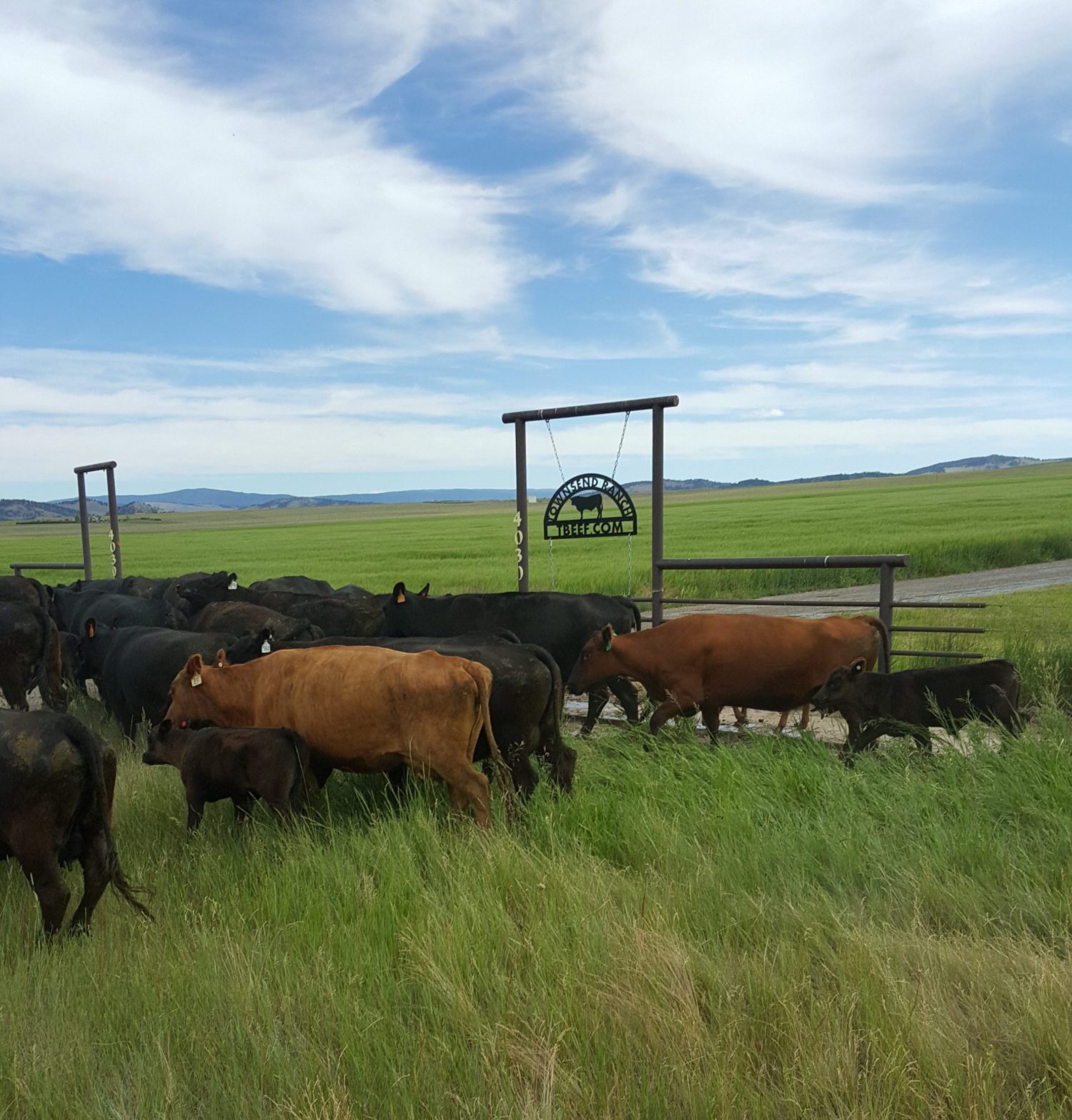
Affordable
We operate at cost plus margin. There is no competitive bidding. Our success depends on your success, so we focus on production efficiency in order to offer you a great value.
Customer Centric
The bull buyer is number one at TBeef and we'll prove it to you. See our pricing and sales plans which put YOU first and back our commitment to a novel buying experience.
Durable Bulls
Our bulls are raised for commercial cattle production. They are ready for use in all ranch settings and provide superior genetic performance for your herd.
Data Driven
We are committed to helping you make educated breeding decisions which affect your herd for many years to come. Relying on science not feel drives our recommendations.
Family Oriented
Our family run business is built around faith. Let our family work with yours to provide economical cattle production for the 21st century.
Christian Faith Based
Our business is founded on Christian principles, guiding our decisions and relationships. We believe in honest dealings, ethical practices, and treating others as we would want to be treated.
Every herd is different. Customization is key.

What does your ideal genetic program look like? If you had it your way, what kind of bulls would you use? What age would they be? When would they arrive at your ranch? What if you could build your own custom genetic program designed to maximize your profitability. That's exactly what we're doing for some of our customers.
Multi-EPD Consideration
Breeding for a single EPD, such as wean weight, can be harmful to overall herd profitability. We consider the spectrum of effects a bull will have with your cattle.
API & TI
The appropriate choice of API or TI will greatly enhance the effectiveness of a bull on your herd. Let us help you us the data to your advantage.
Bull Battery Monitoring
As a rancher, you have more than enough daily tasks to worry about. Let us monitor your Bull Battery and provide yearly updates to continue overall genetic progression.
Building a better bull buying experience. From the ground up.
Always Pushing Harder
TBeef's data research is always progessing. Continuing projects with organizations like Chappell Feedlot in conjunction with the American Simmental Association's Feed Intake Project, push TBeef to continual evaluate and achieve higher genetic performance.
Partnering with Industry
The best partners, provide superior performance. We collaborate with leading organizations in the cattle industry, from feedlots to breed associations, ensuring our genetic programs are backed by real-world data and proven results.
Back By Data
We've got the numbers to prove the results you can expect. Our comprehensive data analysis and EPD tracking systems ensure that every bull selection is based on solid performance metrics, not just visual assessment.
Advancing Genetics
Learning from the past, looking to the future. 21st Century Cattle production. Our breeding programs combine traditional ranching wisdom with cutting-edge genetic technology to create superior cattle for modern production systems.